Partition studies: Prospects and pitfalls
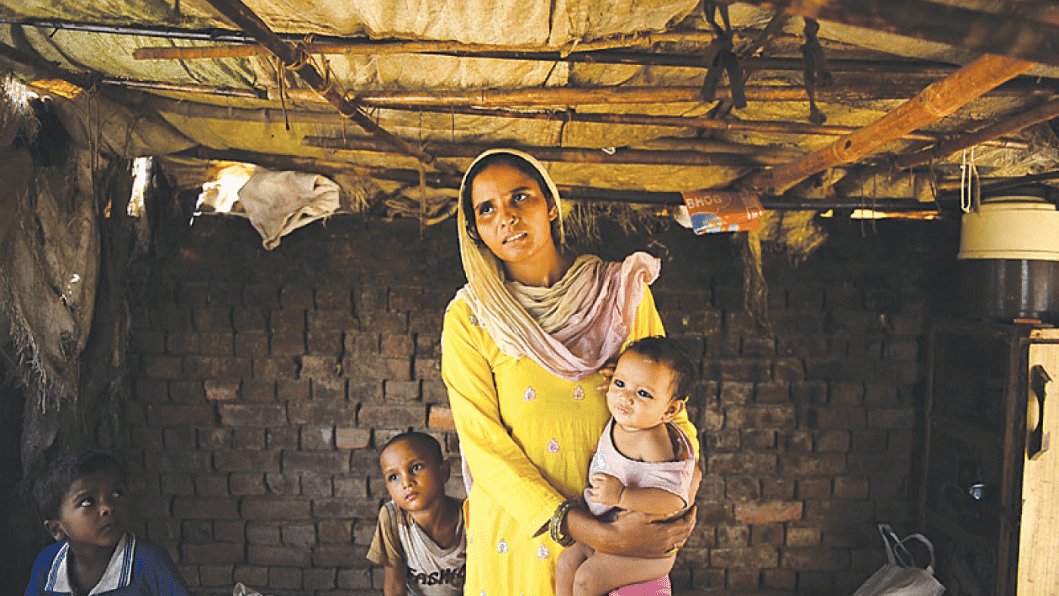
Partition, unquestionably a pivotal event of the South Asian twentieth century, has become a subject of great significance in its own right.1 Studies of partition began with a profound re-examination of why it happened2; they gathered momentum as scholars looked at the provincial and local roots of the drive to divide India3; and the subject took a big step forward when oral histories revealed how women and men experienced the traumas of its bloody upheavals, the violence of 'the burning plains of the Punjab' becoming a metaphor for partition itself4.
Another major advance has been characterised by a growing appreciation of just how widespread, and just how long-lasting, were the reverberations of partition. The focus was no longer on the events in the Punjab during the six months from March to December 1947. Pioneering work on Sindh5, East and West Bengal6, both Hyderabads (in India and Pakistan respectively)7, Gujarat8, Kashmir9, Rajasthan10, and Delhi11 has established that the Punjab—with its cataclysmic violence (three-quarters of a million killed), contained within a tight time frame (six months); its massive exchanges of population (circa ten million); and the heavy involvement of the state in the protection, evacuation, and rehabilitation of refugees—was the exception rather than the rule for the course of partition in the subcontinent. Elsewhere, partition's impact was far more drawn-out, messy, and chaotic, more a set of festering sores than a single murderous blow. Long after 1947, we now realise, refugees and displacees continued to move within and across the new borders. The state, whether India or Pakistan, set its face against them and offered them little or no support. Such rehabilitation as they achieved was by their own efforts. Often refugees occupied property by force, regardless of to whom it belonged, whether government or other citizens. This involved a great deal of localised violence, and it displaced millions of vulnerable people. Many of these unfortunates were people of a different religious persuasion, and refugees challenged their right to stay on as minorities in the 'wrong country.' In the recent scholarly literature about refugees, then, they emerge in a new light. Once seen as hapless victims of profound trauma, peripheral (if sometimes heroic) figures who were 'collateral damage' in the unstoppable process of nation-making, they are now coming to be recognised as having been critical agents of nation-creation, whose actions and demands from below often drove policy, changing the state itself in ways that could not have been predicted.12
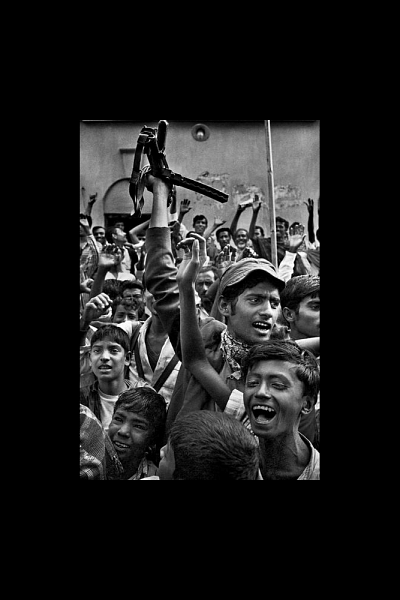
Historians of post-partition migration have also begun to uncover the sheer scale of internal displacement within the territories that became 'India' and 'Pakistan.' The precise directions of displacements caused by these thousands of smaller-scale upheavals have yet to be determined, but patterns are beginning to be discerned. One is a clear trend of clustering among minority groups who stayed behind: in times of trouble, they did not usually flee across the new national borders, but instead sought shelter in nearby places where their coreligionists already lived in sizeable numbers. This created innumerable ghettos across the subcontinent, some of them close to the India-Pakistan (and now India-Bangladesh) borders.13
This process of the 'un-mixing' of South Asia's Muslim and non-Muslim populations, which began in 1947, continued with each new outburst of violence. Every major riot after partition generated fresh waves of refugees and internally displaced people, who left their homes to seek security amidst their coreligionists. Indeed, from this perspective, the displacements of Godhra in 2002 and Muzaffarnagar in 2014 can be seen as an inglorious epilogue to a tragedy that began long ago.
Yet the implications of this continuing 'un-mixing' are still imperfectly understood, despite their profound consequences for the social, cultural, and indeed political fabric of South Asia. So one imperative in taking the subject forward must be for these consequences, and the deep questions they raise, to be given sustained scholarly attention. Research on religious practices among Hindus and Sikhs after partition, largely still unpublished, reveals fascinating changes, particularly (but not only) among refugees14. This lends some support to Gerald Larson's thesis, at least in relation to its claims about partition's impact upon South Asian religions after 1947.15 But much more careful anthropological and historical research is needed before we can claim to understand these processes in all their complexity.
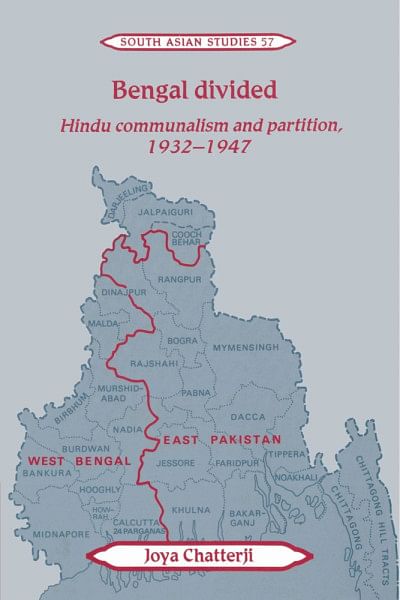
Another flank has been opened up, with exciting prospects, by work that shows that partition's ripples reached far beyond the subcontinent. Forms of 'partial citizenship,' pioneered in the Indian subcontinent during the aftermath of partition, appear to have travelled to many parts of the world where persons of Indian origin were found in significant numbers, complicating and compromising their status, and producing new forms of quasi-citizenship in their wake. Throughout (and indeed beyond) the erstwhile British Empire, their sudden rebranding as citizens of two different and hostile countries caused members of the Indian diaspora to grapple in new ways with questions of belonging. partition, in turn, sparked fresh migrations to distant places around the world, and members of these new diasporas engaged in significant, and novel, forms of transnational politics. This research suggests that a 'world history' approach, which traces connections in the subcontinent with coeval developments across the globe, will yield rich rewards.16
The new research thus hints at just how critical partition has been in reshaping many aspects of South Asia, and indeed other parts of the world where South Asians have settled in significant numbers. Yet, as I see it, there remains a gaping void at the heart of the subject. We simply do not know why people who had lived cheek by jowl for so long fell upon each other in 1947 and its aftermath, with a ferocity that has few parallels in history. Until we have better understood the origins and nature of that violence, Partition studies will have ultimately failed as a project. We cannot keep our eyes averted from those questions forever. Of course, there are difficulties; not least the fact that few investigations were ever carried out by any government, whether British, Indian, or Pakistani. But, as recent research shows, much can be done by a careful perusal of newly opened police archives across South Asia, supplemented by other eyewitness accounts, whether written or oral, which are now in the public domain.17
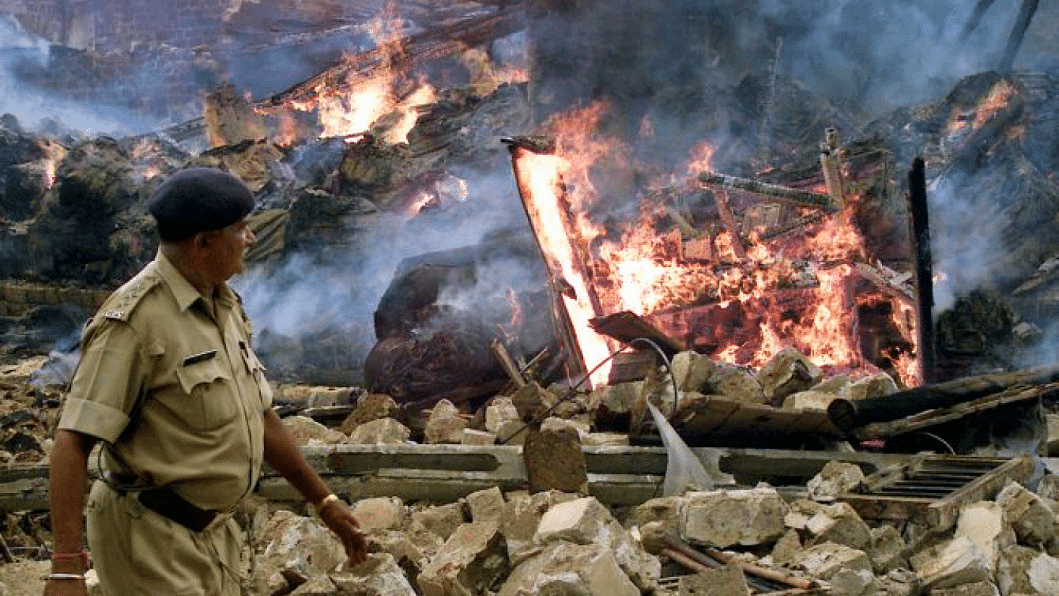
A final word of caution is needed. Partition studies have grown by leaps and bounds and continue to attract a superbly talented body of researchers. But they must remain connected to other fields of research and not become denizens of a ghetto of their own making. The linkages between partition and other contemporary processes, which are currently seen as discrete, urgently call for investigation. Much remains to be done before it can confidently be said that partition's place in South Asia's history has been understood. We have yet to grasp fully partition's impact on gender relations, household structures, and caste practices, let alone religious behaviour, and more demanding work needs to be done before we can be sure how partition affected the economy, demography, and processes of urbanisation across South Asia. The links, for instance, between partition and other movements after 1947 that demanded autonomy—movements that led to the states' reorganisation in 1956 in India, to 'One Unit' in Pakistan, and to the eventual breakaway of Bangladesh—need to be identified. Viewed through this lens, might the 1947 partition turn out to be one episode, admittedly a very large one, in the story of minority formation in South, and indeed Southeast, Asia? Might it turn out to have been a precursor to demands for autonomy or statehood, variously conceived, which reached a climax between 1947 and 1971, but which still persist today? Might there also be a powerful causal link between the disposition of evacuee property during 1947 in the 'state of emergency' and the new legal regimes that developed after that period? And once that link is established, can the history of partition at last begin to be connected with the broader history of state-formation, constitution-making, and the history of law?18 Surely the histories of mass migration after 1947 call to be linked with those of labour and capital. Indeed, it is high time that scholars begin to consider, in a cohesive manner, the impact of partition on these big issues, lifting our eyes from our partition-centred concerns and heeding E. M Forster's injunction: 'only connect.'
Joya Chatterji ([email protected]) is Reader in Modern South Asian History at the University of Cambridge and a Fellow of Trinity College.
Chatterji, J. (2014). 'Partition Studies: Prospects and Pitfalls'. The Journal of Asian Studies, 73(2), 309-312 © Association of Asian Studies, Inc., published by Cambridge University Press, reproduced with permission.
References
1. Only very few citations are given here, as a highly selective and partial guide to further reading, with readers encouraged to see David Gilmartin's essay in the November 2014 issue of the Journal of Asian Studies for a much fuller overview of recent work on Partition. I reference only work alluded to in this essay, with an accent on new 'cutting-edge' research, both published and unpublished, by younger scholars.
2. Ayesha Jalal, The Sole Spokesman: Jinnah, the Muslim League, and the Demand for Pakistan (Cambridge: Cambridge University Press, 1985).
3. David Gilmartin, Empire and Islam: Punjab and the Making of Pakistan (Berkeley: University of California Press, 1988); Joya Chatterji, Bengal Divided: Hindu Communalism and Partition, 1932–1947 (Cambridge: Cambridge University Press, 1994); Neilesh Bose, 'Purba Pakistan Zindabad: Bengali Visions of Pakistan, 1940–1947,' Modern Asian Studies 48, no. 1 (2014): 1–36.
4. Urvashi Butalia, The Other Side of Silence: Voices from the Partition of India (New Delhi: Penguin, 1998); Ritu Menon and Kamla Bhasin, Borders & Boundaries: Women in India's Partition (New Delhi: Kali for Women, 2007).
5. Sarah Ansari, Life after Partition: Migration, Community and Strife in Sindh, 1947–1962 (Oxford: Oxford University Press, 2005); Vazira F. Zamindar, The Long Partition and the Making of Modern South Asia: Refugees, Boundaries, Histories (New York: Columbia University Press, 2007).
6. Haimanti Roy, Partitioned Lives: Migrants, Refugees, Citizens in India and Pakistan, 1947–65 (Oxford: Oxford University Press, 2012); Chatterji, Bengal Divided, op. cit. note 3.
7. Taylor C. Sherman, 'Migration, Citizenship and Belonging in Hyderabad (Deccan), 1946–1956,' Modern Asian Studies 45, no. 1 (2011): 109–30; Sunil Purushotham, 'Sovereignty, Violence, and the Making of the Post-colonial State in India, 1946–52,' PhD diss., University of Cambridge, 2013; Oskar Verkaaik, Migrants and Militants: Fun and Urban Violence in Pakistan (Princeton, NJ: Princeton University Press, 2004).
8. Farhana Ibrahim, Settlers, Saints and Sovereigns: An Ethnography of State Formation in Western India (London: Routledge, 2009); Niraja Gopal Jayal, Citizenship and Its Discontents: An Indian History (Cambridge, MA: Harvard University Press, 2013).
9. Ilyas Chattha, Partition and Locality: Violence, Migration and Development in Gujranwala and Sialkot 1947–1961 (Oxford: Oxford University Press, 2011); Mohita Bhatia, 'Dominant Discourse and Marginalised Realities: Hindus in Jammu,' PhD diss., Cambridge University, 2011.
10. Ian Copland, 'The Further Shores of Partition: Ethnic Cleansing in Rajasthan 1947,' Past & Present 160 (August 1998): 203–39.
11. Tai Yong Tan and Gyanesh Kudaisya, The Aftermath of Partition in South Asia (London: Routledge, 2000); Zamindar, op. cit. note 5.
12. Joya Chatterji, 'South Asian Histories of Citizenship, 1946–1970,' Historical Journal 55, no. 4 (2012): 1049–71; Uditi Sen, 'The Myths Refugees Live By: Memory and History in the Making of Bengali Refugee Identity,' Modern Asian Studies 48, no. 1 (2014): 37–76; Uditi Sen, 'Refugees and the Politics of Nation Building in India, 1947–1971,' PhD diss., University of Cambridge, 2009; Willem van Schendel, The Bengal Borderland: Beyond State and Nation in South Asia (London: Anthem, 2005); Verkaaik, op. cit. note 7; Chattha, op. cit. note 9.
13. Nahid Kamal, 'The Population Trajectories of Bangladesh and West Bengal during the Twentieth Century: A Comparative Study,' PhD diss., London School of Economics, 2009; Joya Chatterji, 'Dispositions and Destinations: Refugee Agency and 'Mobility Capital' in the Bengal Diaspora, 1947–2007,' Comparative Studies in Society and History 55, no. 2 (2013): 273–304.
14. Amritpal Khosa, 'Sacred Sikh Spaces in Pakistan,' MPhil diss., Cambridge University, 2011; Tetsuya Nakatani, 'Away from Home: The Movement and Settlement of Refugees from East Pakistan in West Bengal, India,' in State, Society, and Displaced People in South Asia, ed. Imtiaz Ahmed (Dhaka: University Press, 2004); Uttara Shahani, 'The Religious Reconstruction of Sindhi Hindus after the Partition of India,' unpublished essay.
15. Gerald James Larson, 'Partition: The 'Pulsing Heart that Grieved',' Journal of Asian Studies 73, no. 1 (2014): 5–8.
16. Papiya Ghosh, Partition and the South Asian Diaspora: Extending the Subcontinent (London: Routledge, 2007); Sherman, op. cit. note 7; Chatterji, 'South Asian Histories,' op. cit. note 12.
17. See, e.g., Ian Talbot, 'The August 1947 Violence in Sheikhpura City,' unpublished conference paper, Association for Asian Studies, Honolulu, April 2011.
18. See, e.g., Rohit De, 'The Republic of Writs: Litigious Citizens, Constitutional Law and Everyday Life in India (1947–1964),' PhD diss., Princeton University, 2013



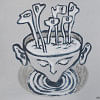

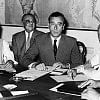



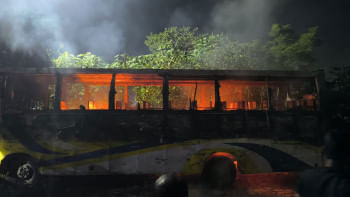
Comments